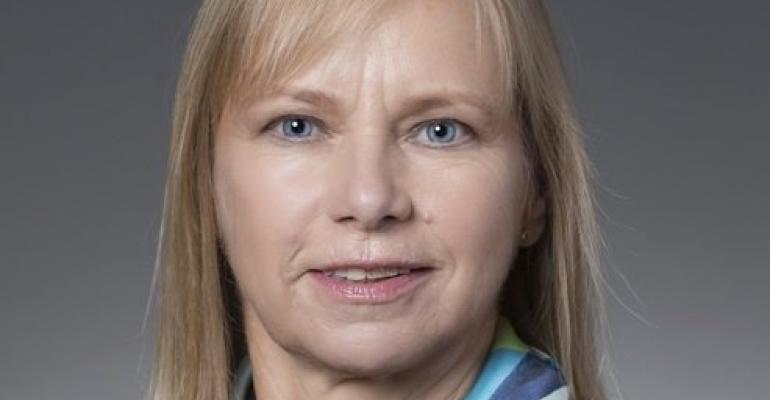To meet the ambitions of the IMO targets, Kirsi Tikka, executive vice president and senior maritime advisor for ABS, explains that the fuels completely different to those in use today – low carbon, zero carbon, or carbon neutral fuels. “Currently we really do not have any zero carbon fuels,” she says in an interview with Seatrade Maritime News.
There are clean fuels such as LNG, LPG and methanol; carbon neutral fuels such as bio-fuels – although the feedstock can be an issue; and then fuels that are under development such as hydrogen and ammonia.
“The one thing I would say about these low carbon fuels is they all have their shortcomings. But because they all have some shortcomings there is not obvious choice that we can say is the dominant fuel of the future.
Of the clean fuels LNG is seeing the widest uptake in shipping and it is one that is seen a real alternative at present, even if doesn’t meet 2050 Greenhouse Gas emission targets. “Right now LNG is a very good choice. First of all it is very clean, it’s available, the technology is proven, and it does contribute to the carbon reduction,” Tikka says.
Looking to the future there are two key dates from the IMO – 2030 and 40% reduction CO2 intensity by shipping, and a target of a 50% in absolute GHG reduction by 2050 compared to 2008. Although the latter target is a minimum and could change once studies are completed by 2023.
“The 2050 target of the absolute GHG reduction that is where the real challenge is, and because that challenge is so big we really need to think how to get there now,” she explains.
Read more: Shipping investments, sulphur and GHG emissions, and 'power to x'
In an effort to achieve this goal ABS’ work is focusing more on the 2030 timeframe with a vision to what it would like to achieve by 2050.
One such example Tikka cites is working with Herbert Engineering on what she terms as “realistic aspirational designs”. She explains the designs are “aspirational” in that you could not build them today, or would not be economically viable, “but we think that in the 2030 timeframe the technology could be mature enough you could build a 2030 vessel that could be zero carbon, or close enough to zero carbon and operate in 2050”.
To help achieve its goal ABS has established a Global Sustainability Center in Singapore, which is aimed at bringing together its efforts worldwide.
Gurinder Singh, ABS global director sustainability, who is heading the centre explains: “For these discussions that have started, and have transformed from a environmental protection standpoint to sustainability, we really wanted to bring all the experience and knowledge we have from the various groups within ABS, and the collaborations we’re having with industry, and give that some focus specifically within a flagship centre here in Singapore.”
Read more: ABS launches Global Sustainability Center in Singapore
The centre will bring together existing projects being worked on around the world as well as spearheading new projects and collaborations across the globe.
In terms of what comes next Tikka says the classification society will, “Continue on the work we are doing on new types of fuels and new types of energy sources.” For ABS it sees a particular contribution in terms of safety and the storage and handling of new fuels.
It is also looking to the use of digital technology to improve utilisation, managing performance and maintenance management systems.
“The third category we are looking at is the impact of the trade growth and IMO targets on ship design, and current concept designs are an example of that,” she explains. The concept designs include a feeder containership and a large-sized boxship using two different fuel types – biofuel and hydrogen fuel cells.
As it stands no obvious solution has emerged in terms of future fuels for shipping and a lot of work lies ahead for ABS, its partners and the industry as whole in seeking a solution to decarbonise the industry.
Copyright © 2024. All rights reserved. Seatrade, a trading name of Informa Markets (UK) Limited. Add Seatrade Maritime News to your Google News feed.


